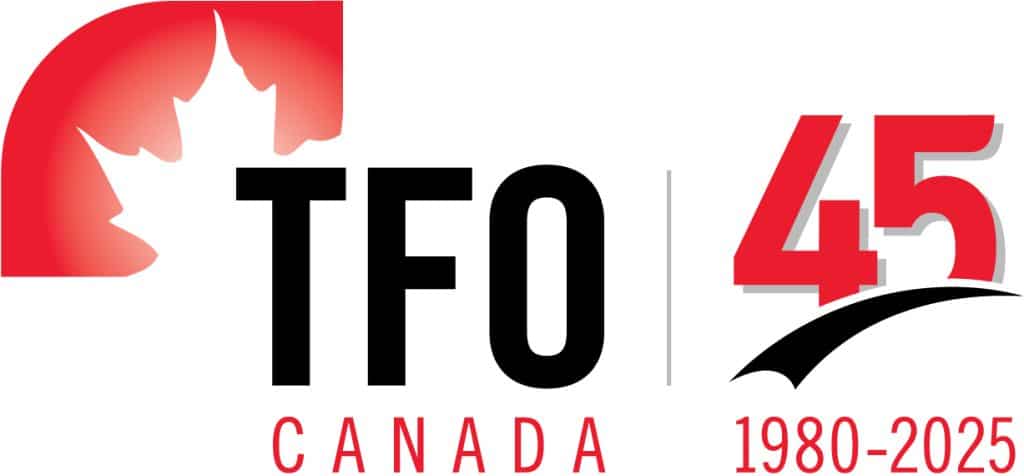There’s speculation that crops are being sold into Bangladesh and then smuggled across the border to India to avoid that country’s high tariffs.
The South Asian country joins China, Japan and the United States in the billion dollar club — the question is, why?
Four countries bought more than $1 billion of Canadian grains, oilseeds and pulses in 2019.
The top three are the usual suspects — China, Japan and the United States. But the fourth one may raise a few eyebrows.
Bangladesh bought $1.08 billion of Canadian wheat, canola, peas, lentils and other crops last year, according to Statistics Canada.
That is a massive increase over the $438 million it imported in 2018.
“It’s a good news type of statistic,” said Wade Sobkowich, executive director of the Western Grain Elevator Association.
“Because it means that we’re able to find new markets for our products and that’s what’s happening.”
China topped all buyers with $2.63 billion of crop purchases from Canada despite erecting a number of barriers that have hampered trade between the two countries.
But that is well below the $6.48 billion it bought in 2018.
Exporters have had to find other markets willing to take more Canadian crops and Bangladesh stepped up in a big way.
According to the Canadian International Merchandise Trade Database, which uses slightly different numbers than the aggregate totals listed above, Bangladesh purchased $406 million of Canadian wheat in 2019, making it the fourth biggest buyer of the commodity.
It imported $351 million of peas and lentils, which is almost three times as much as it bought in 2018.
And it gobbled up $369 million of Canadian soybeans and canola in 2019, a seven-fold increase over the previous year.
Sobkowich said there is growing demand for food products in the market.
“They have a vast population and a huge potential market for grain products,” he said
But their population isn’t doubling, tripling or growing by seven-fold in one year. So there is something else at work. Some reports suggest it is the country’s proximity to India.
India started placing tariffs and quotas on a wide variety of imported crops in late 2017 in an effort to boost domestic prices for its farmers.
Bangladesh shares a border with India and there are reports that it and other neighbouring countries are importing pulses and then illegally smuggling them across the border duty-free.
A story that ran in India’s Business Standard newspaper in the fall of 2019 said that India’s Border Security Force seized three boats from Bangladesh loaded with smuggled peas on the Myntdu River, while two more escaped and fled back to Bangladesh.
That illegal activity appears to be continuing, according to recent reports from IGrain India, an agri-market research firm.
“The Indian pulses industry has expressed serious concern over the large-scale smuggling of pulses from neighbouring countries such as Myanmar, Bangladesh and Nepal and has asked the government to curb it,” stated IGrain director Rahul Chauhan in a recent article.
“Industry says that this smuggling is causing huge losses to entrepreneurs, traders and farmers.”
Indian traders who are importing pulses legally can’t compete with the smuggled product that is dodging government-imposed duties. Smuggled product is being sold below the government’s minimum support prices, according to IGrain.
Sobkowich has no idea if Canadian crops are being smuggled into India though Bangladesh.
“It could very well be,” he said.
“It wouldn’t surprise me, let’s put it that way.”
Peter Hall, chief economist of Export Development Canada (EDC), believes the increased trade with Bangladesh also has a lot to do with Canada’s trade troubles with China.
“When you get an abrupt cancellation of Canadian shipments of any agricultural commodity to a market as large as China, you’re going to create a number of different distortions,” he said.
EDC immediately started identifying alternative markets for Canadian products in the wake of China erecting trade barriers for canola and pork.
“Two of the markets in the region that popped up right away through our analysis were Pakistan and Bangledesh,” he said.
Canadian crop sales to Pakistan were $488 million in 2019, up from $343 million in 2018.
He believes other exporters have rerouted product to China from Bangladesh and Pakistan and Canada is filling the void in those two markets, but it is too early to confirm that hypothesis because the trade data is not yet available.
Sobkowich said farmers better get used to topsy-turvy grain markets.
“We’re in a different world now. Our thinking on markets has really been stretched,” he said.
“We have exporters that are looking for opportunities, looking all over the place.”
